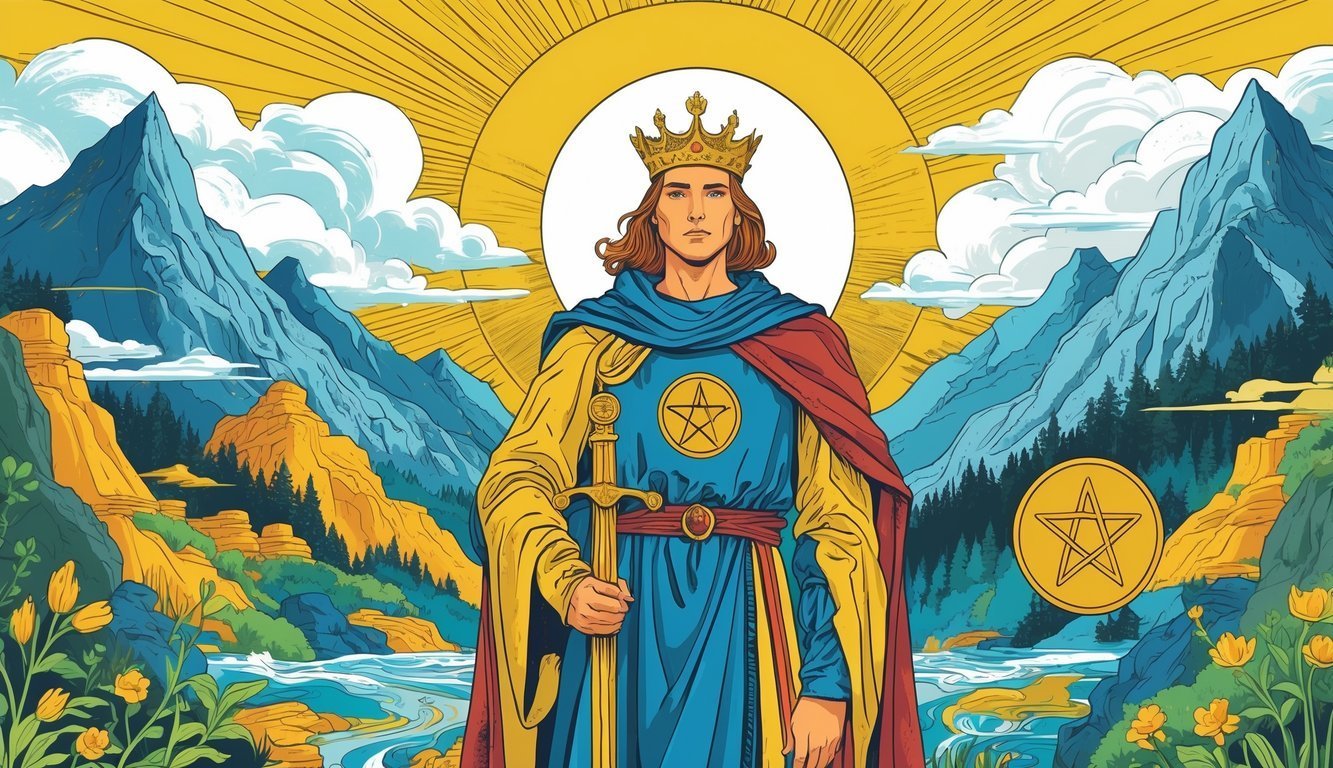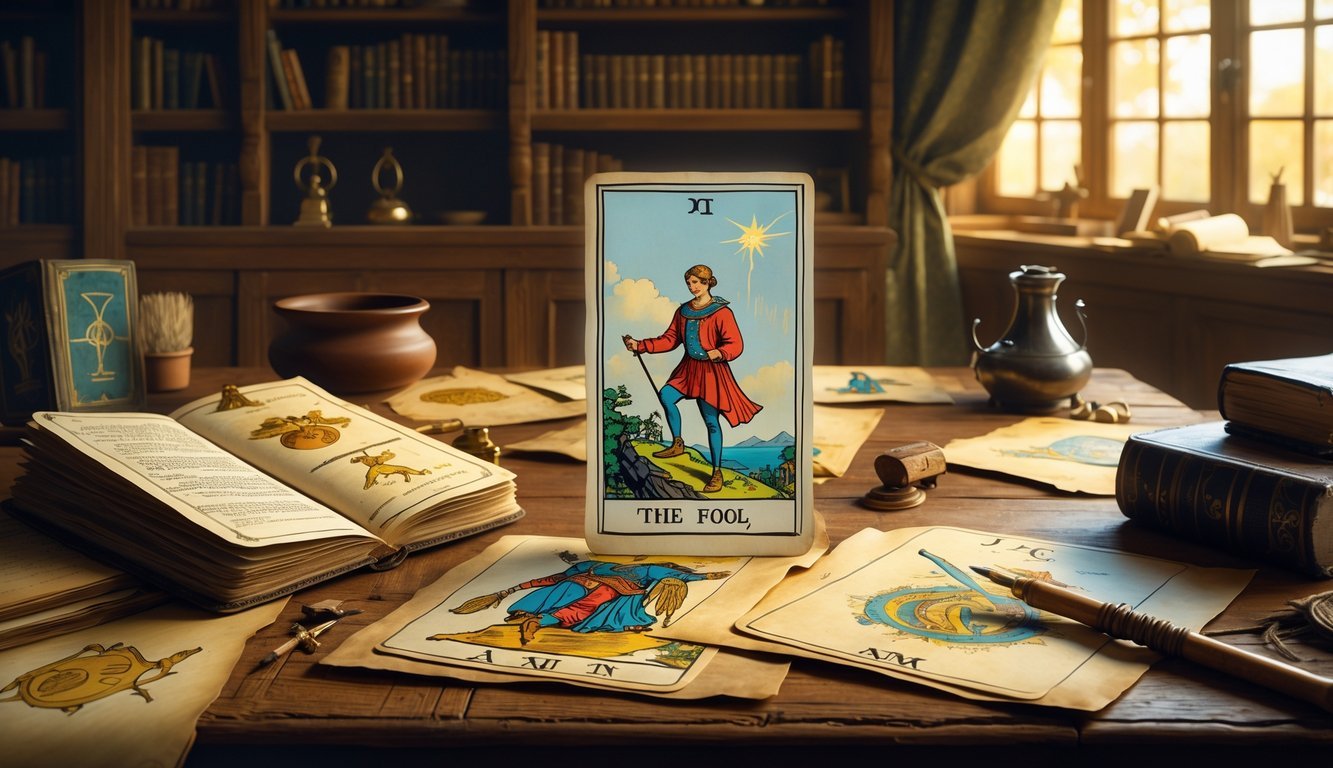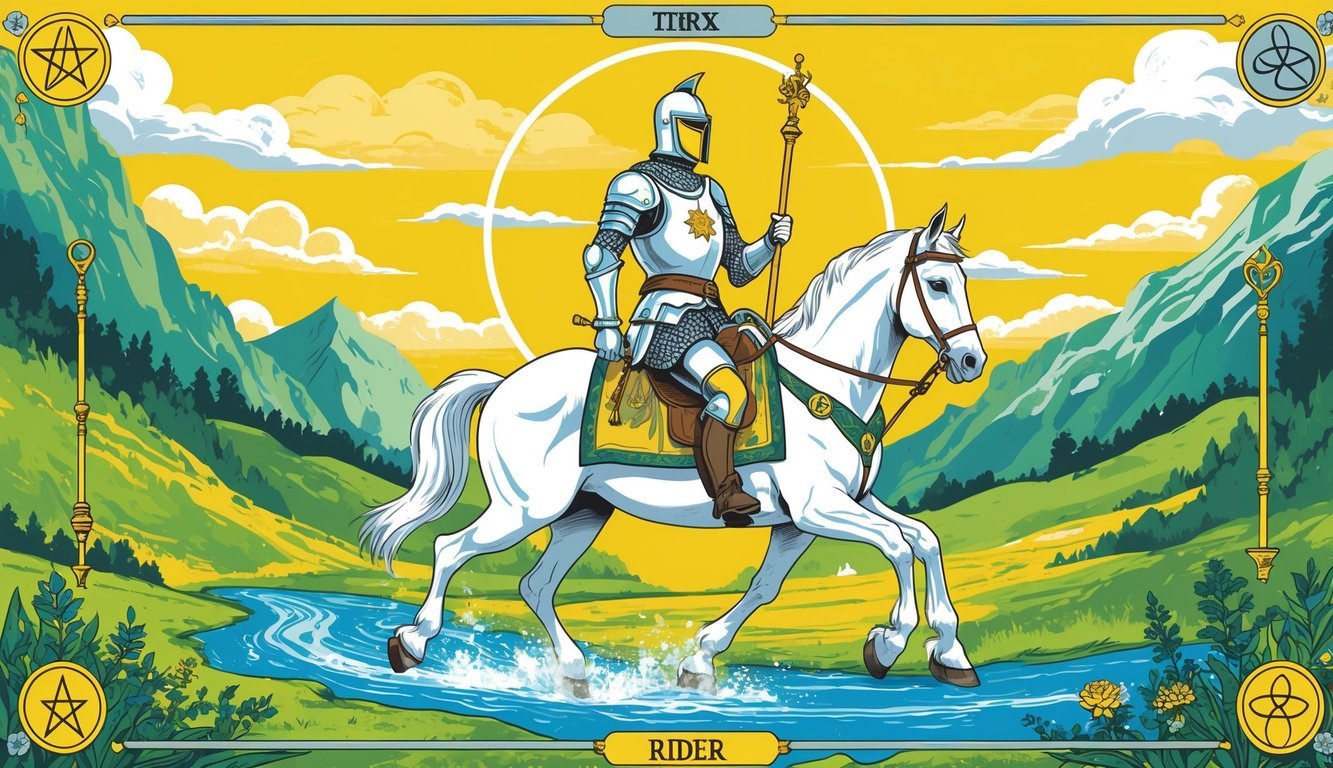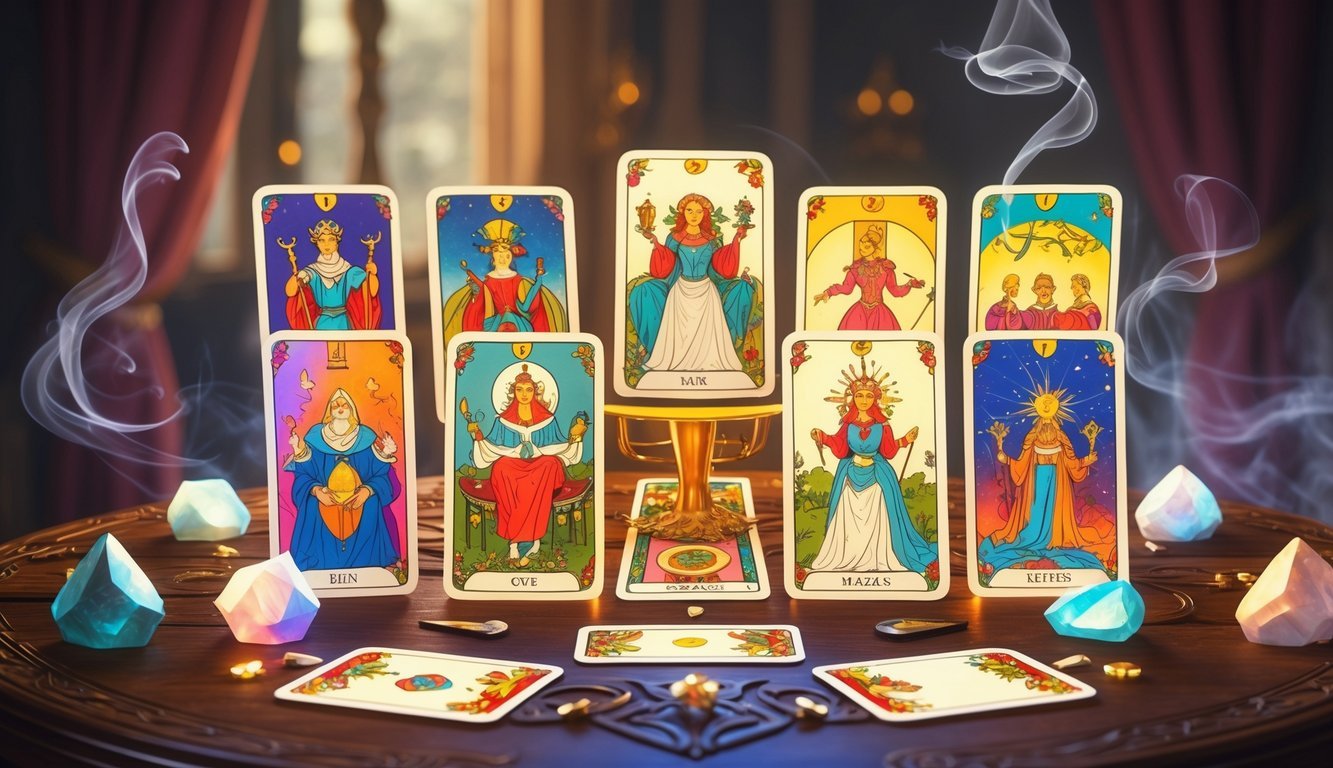PsychNewsDaily Publishers
100 Summit Drive
Burlington, MA, 01803
Telephone: (320) 349-2484
PsychNewsDaily Publishers
100 Summit Drive
Burlington, MA, 01803
Telephone: (320) 349-2484
The Rider Waite Tarot deck, created by Arthur Edward Waite and Pamela Colman Smith in 1909, features vivid imagery and symbolism, aiding tarot interpretation for all skill levels.

The Rider Waite Tarot deck stands out as one of the most popular and widely used tarot decks around. Back in 1909, its creators brought vivid images and clear symbols to life, making it easier for anyone to jump in and interpret tarot readings.
Whether you’re just starting out or you’ve shuffled a few decks before, this one keeps popping up as a favorite for exploring what the cards really mean.
What really sets the Rider Waite deck apart? The artwork is so detailed. Each card almost tells its own story, helping you connect with the ideas and guidance the cards want to share.
You’ll probably notice its design has inspired tons of other decks. It’s basically the blueprint for so many tarot readers out there.
If you’re looking for a deck that’s straightforward but still packed with meaning, the Rider Waite Tarot might just be the one. As you pick up on the symbols and structure, you’ll start giving readings that feel a lot clearer and more insightful.

People have been using the Rider Waite Tarot deck for over a century, and it still plays a huge role in tarot reading today. Its design and symbolism connect to deep historical and personal stories.
You’ll spot a blend of artistic talent, mystical ideas, and a bit of publishing luck behind this famous deck.
Arthur Edward Waite, a scholar and member of the Hermetic Order of the Golden Dawn, wanted a tarot deck with deeper spiritual meaning.
Pamela Colman Smith, the artist, took Waite’s ideas and brought them to life. She belonged to the Golden Dawn too, so she understood the symbols Waite cared about.
Smith illustrated all 78 cards. That made the Rider Waite deck special—both Major and Minor Arcana got detailed images. Her style made the deck feel way more approachable for beginners.
By working together, Waite’s research and Smith’s art created a deck full of clear, rich symbolism rooted in mysticism.
William Rider & Son published the Rider Waite Tarot deck. They released it in England in 1909.
The Rider company spread the deck far and wide, printing and distributing it beyond England—eventually reaching the U.S. and other places.
Rider took a risk on Waite’s vision, publishing the deck in a brand-new format with fully illustrated Minor Arcana cards, which was pretty unusual back then.
Thanks to Rider’s support, people everywhere could get their hands on the Rider Waite deck, whether they took tarot seriously or just wanted to dabble.
The Hermetic Order of the Golden Dawn, a secret society focused on mysticism, magic, and spiritual growth, influenced both Waite and Smith.
The deck’s symbols come straight from the group’s studies of tarot, alchemy, astrology, and Kabbalah. You’ll spot religious and magical symbols sprinkled throughout the cards.
Waite wanted the deck to help people find spiritual insight, drawing on the Golden Dawn’s teachings about hidden knowledge.
This connection gives the Rider Waite deck a cool mix of medieval tarot traditions and those esoteric ideas that were big in early 20th-century England.
They published the deck in 1909, and Waite paid Smith a set fee for her art. Waite kept the copyrights through the Rider company.
People loved the deck’s clear designs and deep symbolism, so it spread quickly. It was one of the first decks to fully illustrate the Minor Arcana—that made it stand out.
These days, you’ll find the deck in lots of editions, translated into different languages and sold all over the U.S. and beyond.
Its influence is everywhere in modern tarot, making it a key piece of tarot history that’s still totally usable today.

People know this deck for its clear pictures, detailed scenes, and rich symbols. It splits into two main sets of cards, each with traits that help you figure out their meanings.
The artwork and symbols don’t just decorate—they tell stories and guide your interpretations. You’ll see its influence in most modern tarot decks.
The Major Arcana has 22 cards, each showing off a strong symbol or story. Cards like The Magician, The High Priestess, Strength, Justice, The Lovers, The Chariot, Wheel of Fortune, Death, and The Devil really shape the big themes in readings.
Each card uses unique images—colors, objects, and people—that connect to ancient wisdom and spiritual lessons. For instance, The Magician holds tools for all four suits, showing power and creativity. The High Priestess stands for mystery and intuition, surrounded by moon symbols.
The Major Arcana cards guide you through life’s changes, challenges, and growth in a way that’s easy to see.
The Minor Arcana splits into four suits: Wands, Cups, Swords, and Pentacles (sometimes called Coins). Each suit has numbered cards and four court cards: King, Queen, Page, and Knight.
These cards show full scenes with people and backgrounds, not just simple shapes. That makes it easier to connect the cards to real-life emotions, jobs, thoughts, and money.
Wands link to energy and creativity, Cups to emotions and relationships, Swords to thoughts and challenges, and Pentacles to material things. The court cards show different personalities and roles, so you can see how people or energies might show up in your life.
Pamela Colman Smith drew the Rider Waite Tarot’s art, guided by Arthur Edward Waite. The pictures blend clear symbols with storytelling details you can dig into.
Strings, mountains, animals, and colors all mean something. Swords often stand for conflict or action. Unlike older decks like the Tarot of Marseilles, the Rider Waite deck uses bright colors and full images, not just numbers and suit signs.
This focus on full scenes and symbols is why so many people find this deck easier to read. You can match the images with standard interpretations from books like The Pictorial Key to the Tarot, which Waite wrote himself.
The Rider Waite deck changed the game for tarot decks after 1909. Most popular decks now borrow its symbols and style.
You’ll find loads of variants with different art or new ideas, but the core symbolism stays the same. This deck shows up in top tarot collections and gets plenty of love in tarot communities like Aeclectic Tarot.
Its influence goes way beyond readings—think games, books, and art. Beginners and experienced readers alike keep coming back to it for the clear pictures and rich symbols.

Here are some quick answers about card meanings, learning resources, and how the deck’s history still matters. You’ll also find tips for interpreting images and what sets different versions apart.
Every card has specific symbols that point to ideas, feelings, or life events. The Fool, for example, stands for new beginnings and adventure. Death usually means transformation or change, not actual death.
Minor Arcana cards show everyday situations—cups for emotions, swords for challenges. Knowing these helps you read messages more clearly.
Absolutely. Tons of books and online resources break down card meanings in detail. They explain both upright and reversed positions and how to relate symbols to real life.
You’ll often find sample tarot spreads and practice tips in these guides.
Start with online tutorials, beginner-friendly books, or tarot learning apps. Practice is huge, so try simple spreads like the three-card spread to get comfortable.
Joining tarot forums or groups can help you ask questions and share readings with others.
The Rider-Waite deck is the original, created by Arthur Edward Waite and Pamela Colman Smith in 1909. The Universal Waite is a recolored version—same images, but with brighter, softer colors.
A lot of beginners like the Universal Waite because the colors make the symbols pop without being too harsh.
Rider-Waite set the standard by using full pictures on every card, not just the Major Arcana. That made it way easier to remember meanings and tell stories with the cards.
Most modern decks follow its style, so Rider-Waite is basically the foundation for tarot readers everywhere.
Start by checking out the colors, symbols, and the people on each card. What do they make you think of from your own life? Let your mind wander a bit.
Pay attention to little details—maybe the background or whatever the characters are holding. Sometimes the smallest thing jumps out.
Let your gut feelings guide you, but don’t skip learning the usual card meanings too. Mixing both helps you get a fuller picture.
Honestly, the more you practice, the more confident you’ll feel. It’s all about getting comfortable with the cards over time.